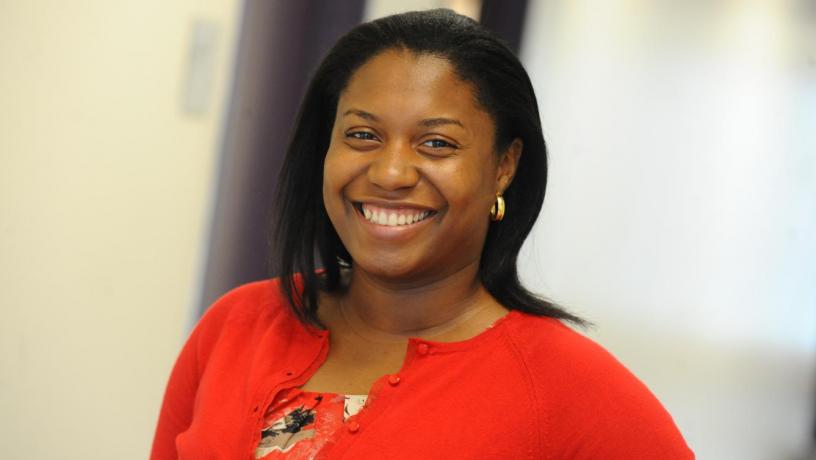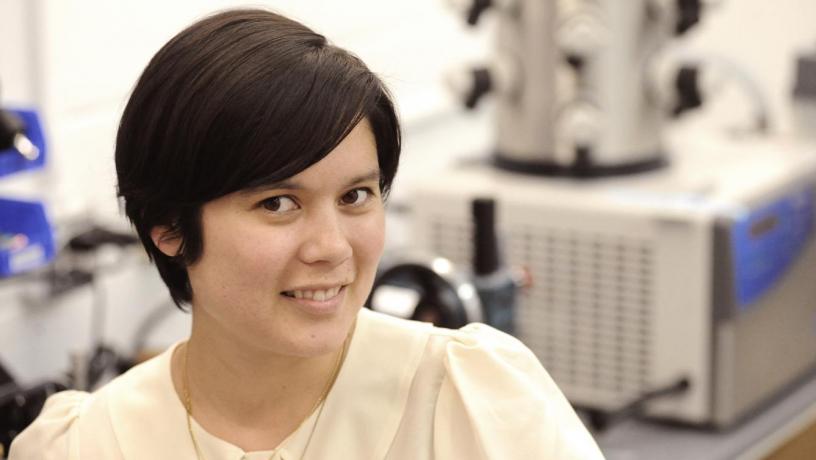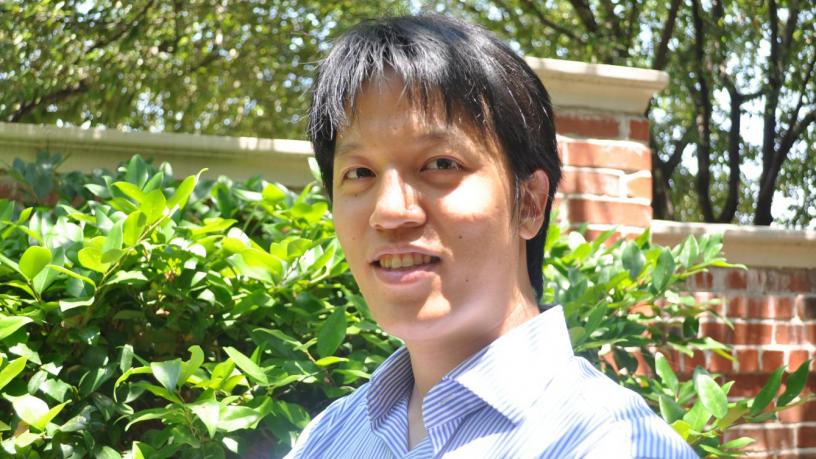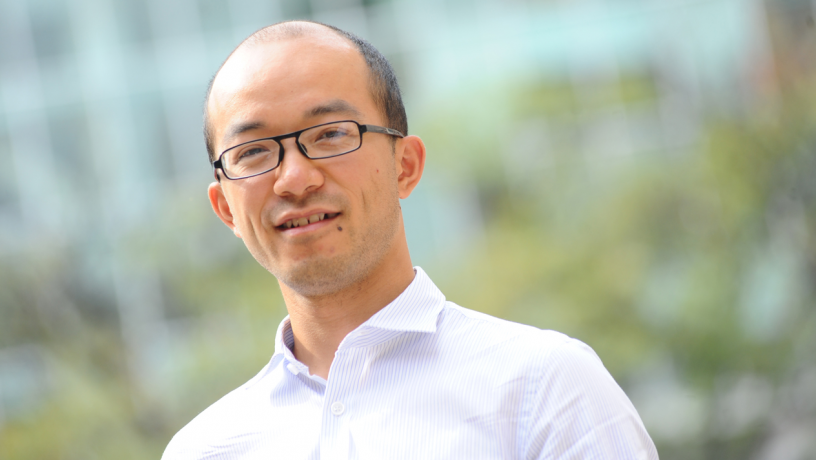NSF CAREER Award Winners


Christine Hendon | Assistant Professor of Electrical Engineering
Hendon proposes to use optical imaging and spectroscopy as a means to monitor radiofrequency ablation, or RFA, treatment of cardiac arrhythmias. The goal is to directly interrogate the heart for tissue characterization to improve RFA efficacy to terminate atrial fibrillation, the most common arrhythmia. She aims to use optical modalities in combination with functional electrogram analysis to analyze how tissue microstructure influences electrical conduction patterns and provide real-time guidance of RFA energy delivery. Hendon’s research interests are in developing optical imaging and spectroscopy instruments for applications in cardiac electrophysiology and interventional cardiology. In 2014, she was awarded an NIH New Innovator Award.

Kristin Myers | Assistant Professor of Mechanical Engineering
Myers’s project is focused on exploring the mechanics of the cervix and determining the biomechanical mechanisms that cause preterm birth (PTB). Despite advances in prenatal care, the rate of PTB (birth before 37 weeks of gestation) both in the United States and around the world remains high. Myers is aiming to determine the driving factors that cause premature cervical remodeling and the mechanical dysfunction of the cervix. Her study will measure the mechanical and biochemical property changes of the cervix under various hormonal cues and develop a set of equations that can predict the mechanical function of the cervix during pregnancy. Myers plans to also use her NSF CAREER Award to train the next generation of female engineers interested in improving women’s health.

Mingoo Seok | Assistant Professor of Electrical Engineering
With demand increasing for ever-smaller devices to perform at ever-higher levels, it is becoming more difficult to manufacture computing chips that are identical at the nanoscale level. Seok is working to develop a way to make chips monitor variations and dynamically adapt to them. This way, even if each chip is manufactured with its own variation and experiences varying operating conditions, such as temperature, over time, it can still achieve the best level of its own computing performance. Seok’s research interests are in low-power digital and mixed-signal design and methodology, and he has devised approaches that deliver record-setting energy efficiency in microcontrollers, embedded memories, power conversion circuits, and DSP accelerators.

Changxi Zheng | Assistant Professor of Computer Science
While computer-generated imagery has made tremendous progress in recent years to attain high levels of realism, the same efforts have not yet been applied to computer-generated sound. Zheng is among the first working in the area of dynamic, physics-based computational sound for immersive environments, and his proposal will look to tightly integrate the visual and audio components of simulated environments. It will represent a change from today’s practices where digital sound is usually created and recorded separately of the action and then dropped in when appropriate. In Zheng’s proposal, computational sound will be automatically generated using physics-based simulation methods and fully synchronized with the associated motion.
